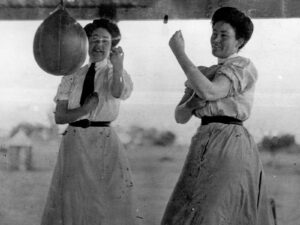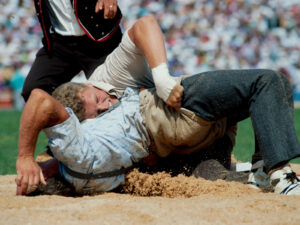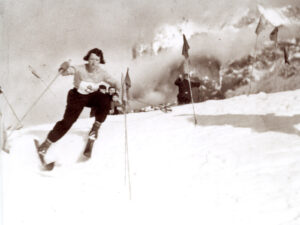
Switzerland's first women's ski champion
Rösli Streiff won both the slalom and combined titles at the second Alpine World Ski Championships in Cortina d’Ampezzo in 1932. A look back at the life of the trailblazing skier from Glarus and the early days of women’s downhill skiing.
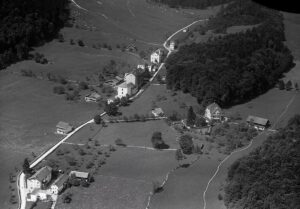
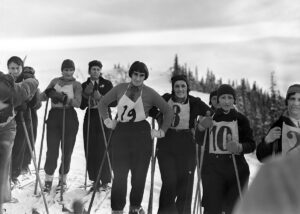
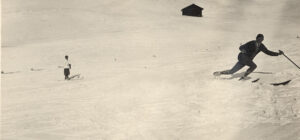

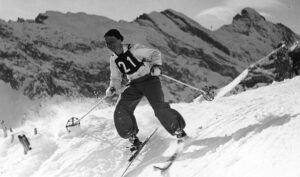
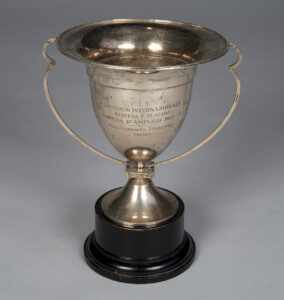

Swiss Sports History

This text was produced in collaboration with Swiss Sports History, the portal for the history of sports in Switzerland. The portal focuses on education in schools and information for the media, researchers and the general public. Find out more at sportshistory.ch


